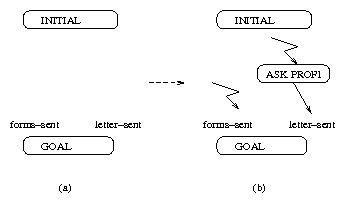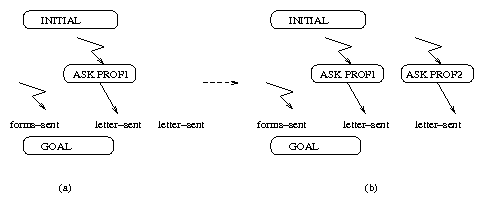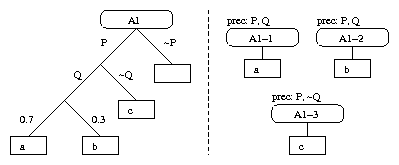| Strategy | Description |
| ucpop | {n,s} LIFO / {o} LIFO |
| static | {t} LIFO / {n,s} LIFO / {o} LIFO |
| lcfr | {n,s,o} LR |
| lcfr-loc | {n,s,l} LR |
| lcfr-conf | {n,s,u} LR / {o} LR |
| lcfr-loc-conf | {n,s,u} LR / {l} LR |
| mc | {n,s} LR / {o} MCadd |
| mc-dsep | {n} LR / {o} MCadd / {s} LR |
| mc-loc | {n,s} LR / {l} MCadd |
| mc-dsep | {n} LR / {l} MCadd / {s} LR |
| mw | {n,s} LR / {o} MWadd |
| mw-dsep | {n} LR / {o} MWadd / {s} LR |
| mw-loc | {n,s} LR / {l} MWadd |
| mw-loc-dsep | {n} LR / {l} MWadd / {s} LR | |
|



